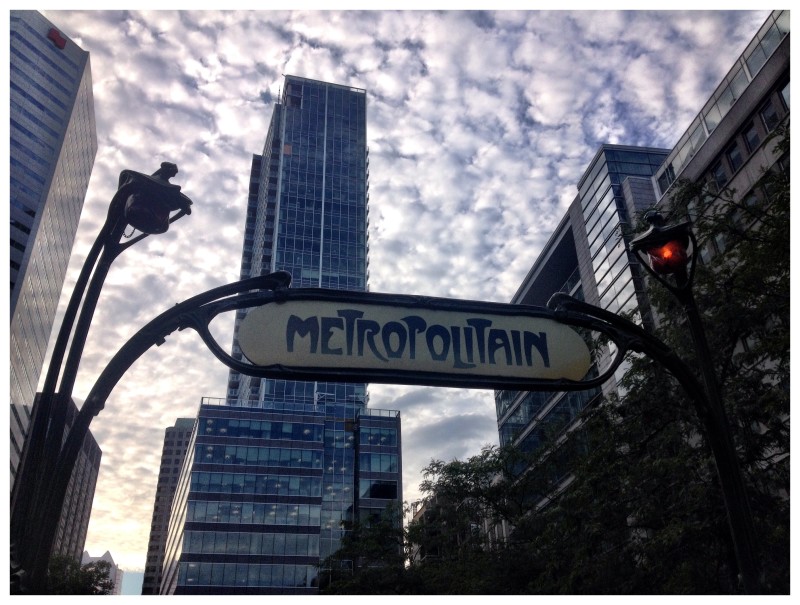Lost in Istanbul
Second, third and fourth weeks in Istanbul
By Ida Rastini
My daughter-in-law visited Istanbul for two days recently, a stop off on her flight from Singapore to Saudi Arabia, where she will join my son, who is currently working there. It was a very nice break for us both. We spent most of our time talking. We also went to our local Saturday market, where they sell seasonal vegetables and fruits, local produce from the nearby farms. We bought one kilo of spinach and two kilos of pears. The spinach looked amazing, with strong, large leaves, deep green in colour. The pears were superb, crunchy and naturally sweet. I must admit, I have never tasted pears as good as these in Istanbul…..yum…
On Tuesday 21st November, I took a No 19 bus instead of the 19T of the previous week. My plan was to go to Carrefour to buy more gluten-free bread, biscuits and lactose-free yoghurt. I only realised half way along the way that the bus I was on did not go towards Carrefour. However, I decided to stay on it until it reached the bus terminal, so that I could go back to where I started. The bus driver, who was grumpy, told me in Turkish that to go back I should wait at another bus stop, but, because it would take me 20 minutes walk to reach it, I said “no". I pointed out to him that his bus indicated that it was going in the direction of Hastane and Kadikoy, which was where I wanted to go. I swiped my bus card and waited on the bus, and 5 minutes later he started the engine and set off. I decided to ignore his continual grumbling. From my daily observations, young professional, trendy looking Turkish men are most unhelpful when asked for directions. Rather, they seem preoccupied with their looks to the point of narcissism. In contrast however, Turkish women are friendly, willing to help, even offer me a seat on the bus or the train and love to engage in conversation with me.
Getting lost and taking the wrong bus can often be an advantage. It gives me the perfect opportunity to see parts of the city I might otherwise not find. During this bus ride, I saw a much poorer part of the city with many demolitions and neglected housing. The roads are dusty, and there is a lack of provision for community interaction and activities. In the Asian part of Istanbul, high-rise buildings predominate, which makes me feel as if I am in Jakarta or Los Angeles, where several motorways carve through the cities. The ramification is that air pollution and dust seem to be an inevitable part of daily life. The transformation of this area of Istanbul, however, is the direct result of the huge earthquake which hit Turkey in 1998. Perhaps this is the reason for the enormous building construction project, as part of a government plan to replace the huge loss of housing and amenities. It is important to note that new buildings have now to abide by the new 2011 regulations, brought into force to ensure new buildings are made disaster proof, so that in future there will be less damage and fewer casualties in the event of another earthquake.
Despite the positive efforts being made in the construction of more housing, the city planning authorities, in my opinion, have failed to appreciate the importance of green spaces, such as green squares or crescents, which could be positioned in the centre of the new developments. I believe green areas have a calming effect and provide excellent places for families to bring their children to enjoy nature. Importantly, green spaces also deliver environmental benefits, improving and cleansing air quality, by absorbing CO2, vehicle fumes and filtering out harmful pollutants. There are over two million motor vehicles in Istanbul, half of which are still using diesel fuel. Along with the growing international concern about air pollution, Istanbul faces similar issues to many other big cities, such as Delhi, Beijing, Los Angeles and Jakarta.
One of Turkey's most successful provisions however is their public transport system. Frequent buses serve most areas of Istanbul, while there are trams which operate throughout the centre of the European area of the city. The Metro underground system is well signposted, and, while serving the European area, it also covers some of the Asian sections.
Underground trains and buses are equipped with electronic screen indicators and announcements are made both in Turkish and English. To travel around the city one can buy an ‘Istanbulkart' — a contactless electronic card, which covers all journeys on the Metro, ferries and buses.
On 29th November, my third week in Istanbul, I took a trip to Üsküdar. I deliberately did not read about Üsküdar before visiting there. I just loved the name, because, in my imagination, Üsküdar arouses memories of folk tales of the Orient. I think I was hoping, therefore, that Üsküdar would bring surprises, which indeed it did. Üsküdar is now a town, or rather, a small city, with cobblestone streets winding uphill to the residential areas. These streets date back to Roman times, from the early first to early fourth century. Indeed Uskudar was, at one time, the largest suburb of Constantinople. It is also renowned for its connection to two Roman Emperors; Constantine - the converted Christian and Licinius - the Pagan, who fought each other for power. The site has a long history from before Roman times, when it was known as Chrysopolis, inhabited by Greek colonists from Megara, situated around a harbour, ideal for trade. Due to its strategic position, Üsküdar was an important caravan terminus and seaport route linking trade routes from Syria, Asia and beyond. This continued through the Byzantium period from 330 to 1453 AD up to the end of the Ottoman era in 1920.
Üsküdar was also the home of Sinan Aga, who was responsible for over 300 remarkable buildings, architectural masterworks. The long lived Sinan Aga died age 99. He was the chief Ottoman architect and civil engineer to serve under a succession of Ottoman Sultans; Suleiman the Magnificent, Selim II and Murad III. Examples of Sinan Aga’s masterworks can be explored today at the Mihrimah Sultan Camii, the Yeni Valide Camii and in the unusual masonry work of Semsi Pasa Camii, a site which sits along the waterfront. From here one can see the European shore of Greater Istanbul.
Üsküdar is also where Florence Nightingale was commemorated for her humanitarian work in caring for wounded soldiers of the Crimean War in 1854.
FΩRMIdea News, Istanbul, 22nd December 2017.
This exciting story continues next week...
Istanbul by Ida Rastini:
2. Lost in Istanbul
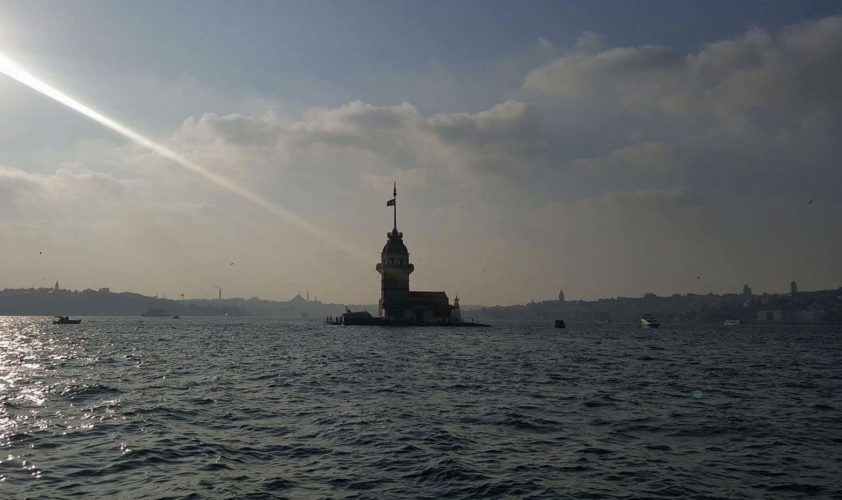
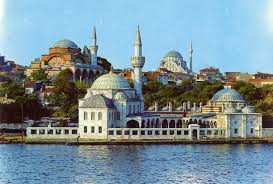
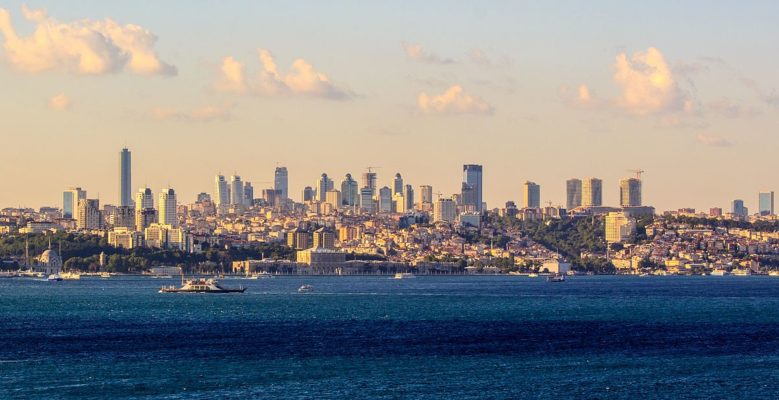
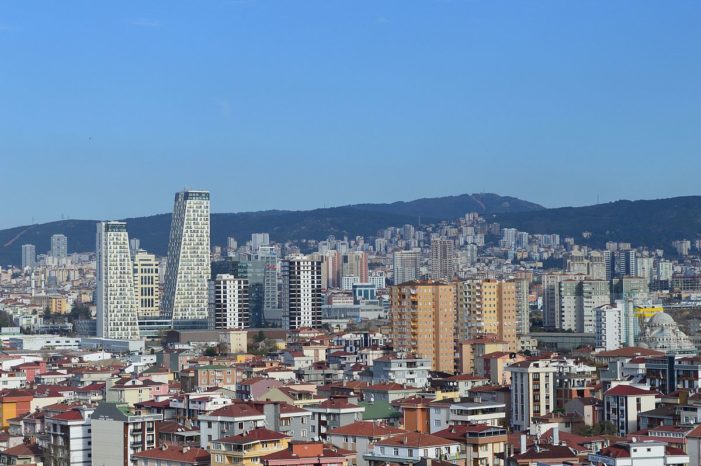 Asian Side (Wikipedia)
Asian Side (Wikipedia)


